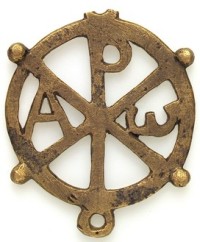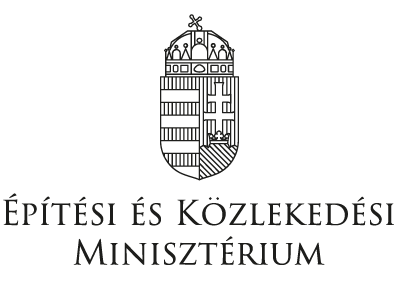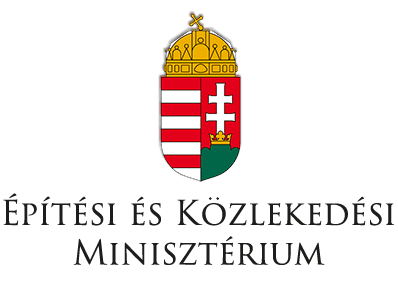The change was brought about by the fact that, as a result of the reforms by Diocletian, Sopianae became the centre of civil administration of the province of Valeria. Due to this significant promotion, the city had its golden ages in the 4th century: the earlier urban settlement has become a real city, an administrative, religious, economic and cultural center. The Romans closed round the city with a city wall at the 2nd part of the 4th century.
Sopianae, Pécs in the Roman period
The medieval and the modern city cover the full area of its predecessor from the Roman times so the architectural exploration could hardly get appropriate source materials. For a long period only the late Roman burials have served with clear proof about the city that used to be there. The late Roman, Early Christian cemetery of Sopianae has been known to science for more than 200 years - since the discovery of the so-called Peter-Paul burial chamber in 1782. The first significant excavation was led by Gyula Gosztonyi who partly discovered the cemetery between 1938-1940. The full excavation was led by Zsolt Visy between 2005-2006.











































